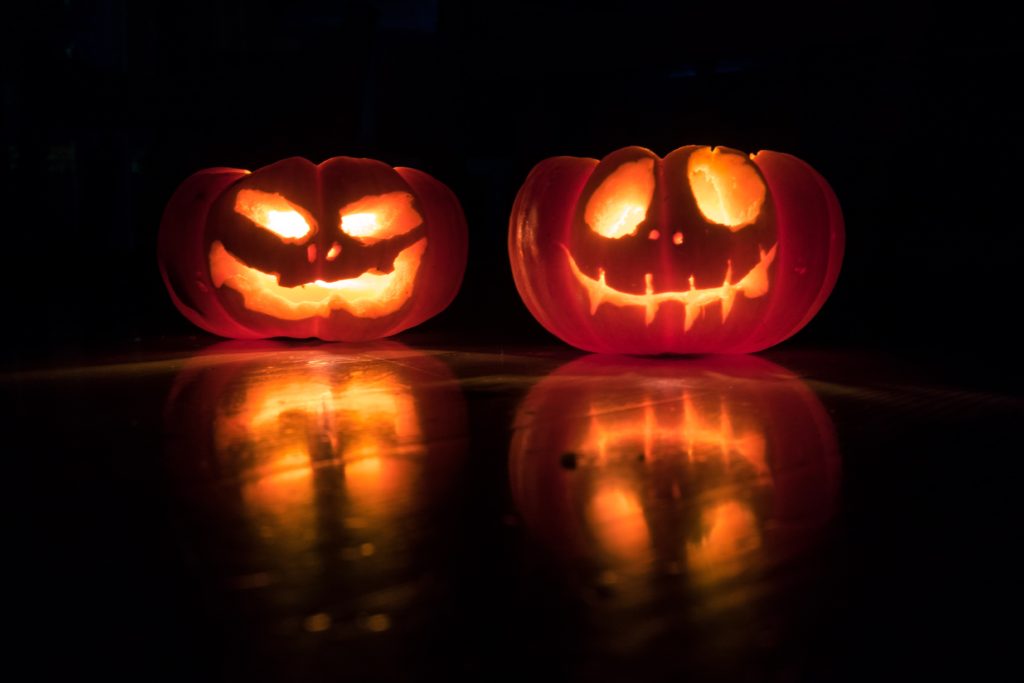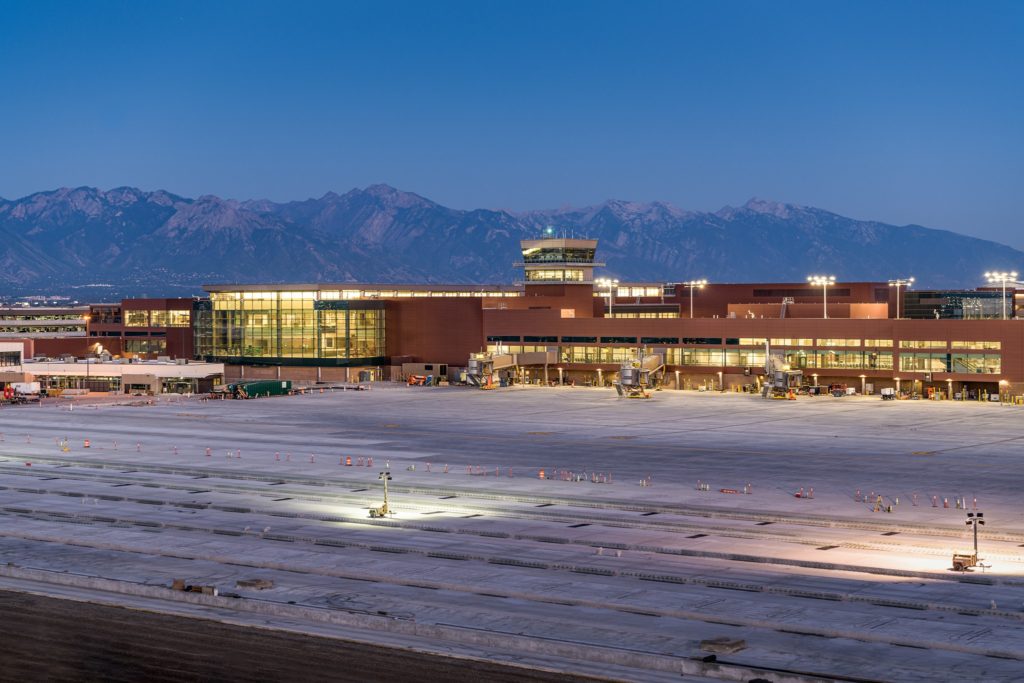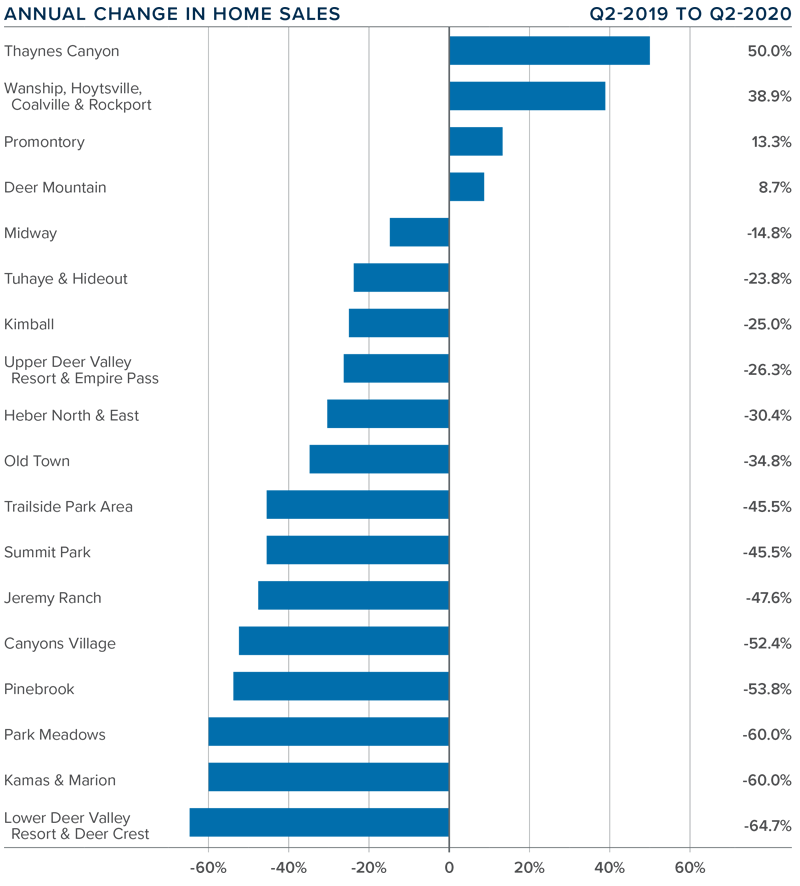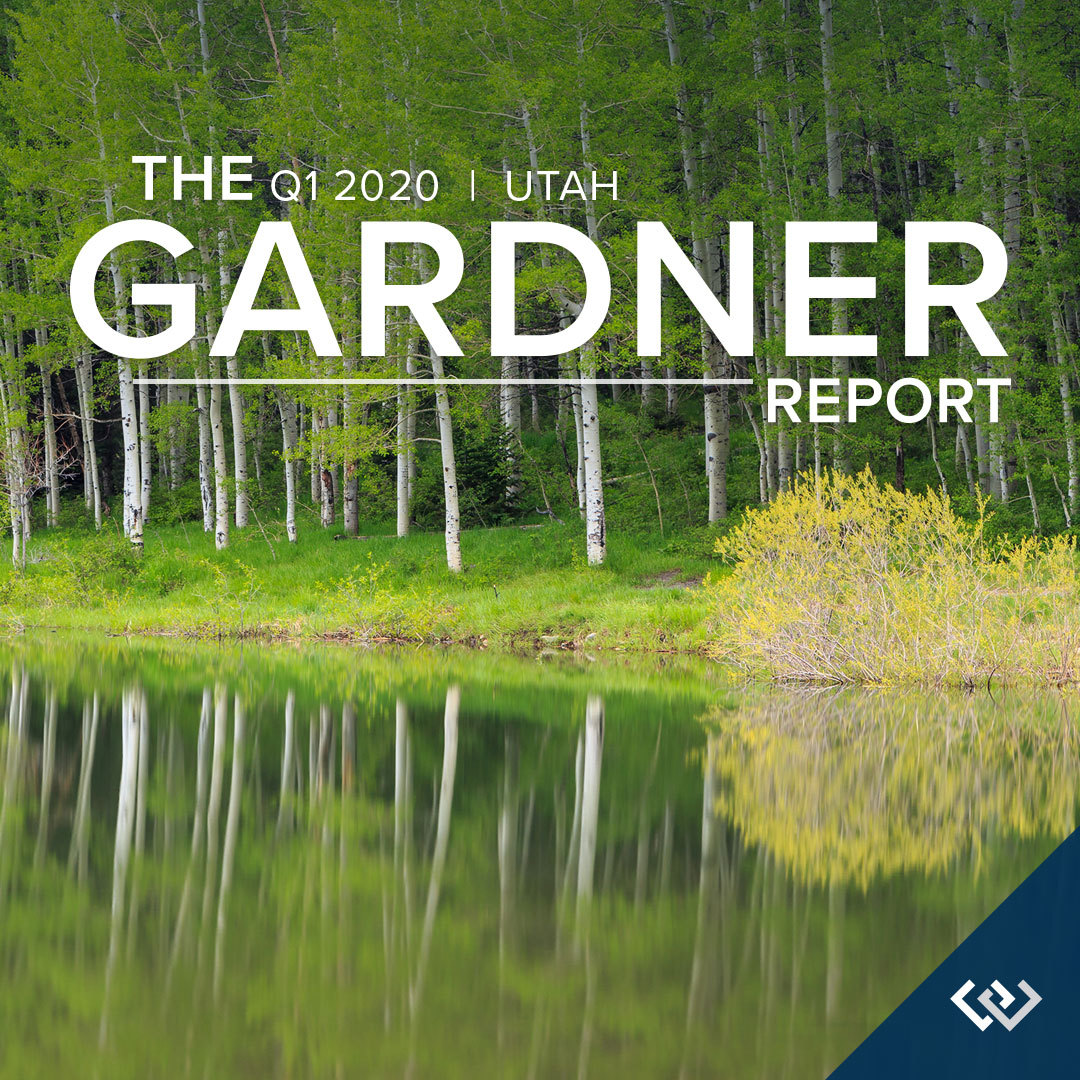Safe Halloween Celebrations for 2020

By now, nearly everyone has heard that the CDC is discouraging traditional trick-or-treating practices this year. Even though we can’t do the usual door-to-door routine, there are still plenty of ways to celebrate. After all, Halloween is a time for connecting with your community, and there is certainly more than one way to do that!
Here are a few of our ideas to celebrate:
Host a socially-distanced neighborhood pumpkin carving contest

This is inspired by the Neighborhood Art Walk that one of our agents, Joilyn Anderson, hosted back in April. Create a flyer for everyone in the neighborhood inviting them to carve a pumpkin. Invite them to set up their pumpkin at the end of their driveway or sidewalk on a certain day and time, and neighbors can then walk down the middle of the street to see the art pieces while maintaining social distancing.
Another idea with this same concept is a door decorating contest, where each of your neighbors is invited to decorate their door with Halloween themed decorations.
One-way trick-or-treating
If you’re not quite ready to give up on the concept of trick-or-treating, you can individually wrap goodie bags and line them up on a table at the end of your driveway or yard for families to grab and go with zero contact.
If you want to monitor your table and converse with those who stop by, make sure to wear a mask and social distance. For an extra level of protection, provide hand sanitizer on your table as well.
Monster Egg Hunt

Photo from TingedBlue.com showing some ideas for monster eggs.
Take a tip from the Easter bunny, and turn your Easter eggs into little monsters and other icons typical of Halloween.
Fill your eggs with candy, and hide them around the house for your kids to find. Let them dress up and then send them searching throughout the house. They get all the fun of finding the goodies while remaining safe and socially distant.
Find some inspiration and ideas for decorating with these spook-tacular egg designs.
Scavenger hunt

Easily give your family a way to get outside and look around at Halloween decorations, while remaining safe by creating a scavenger hunt. Give your family a list of Halloween-themed items to find, and check off a list as they admire from a distance.
Open-air costume party

You don’t want to miss out on the fun of dressing up for Halloween, so get dressed in your Halloween finery. Part of the fun is seeing everyone’s reactions to your costume, right?
Bring your friends and family together in a spacious outdoor area that allows for social-distancing, and have a fun time dancing, talking, and adopting the mannerisms of your characters all night long.
This idea can easily be moved to a virtual event if you and your family are at higher risk.
Outdoor spooky movie night

A favorite pastime of many Halloween enthusiasts is watching as many scary movies as possible during October. Others watch Hocus Pocus on repeat.
No matter which camp you fall in, gather your friends and family in your backyard to socially distance on blankets and camp chairs while they watch a spooky movie projected onto a screen. You can all enjoy the movie together while staying safe.
Here are some tips for how to set up an incredible outdoor movie night.
This idea can easily be moved to a virtual event if you and your family are at higher risk.
Extra tips for parents
If you’re taking your kids on a trick-or-treating run, scavenger hunt, neighborhood contest, or other fun neighborhood events, follow current recommendations and take extra precautions to keep your family safe.
- Have your kids wear a face mask—incorporate it into your kid’s costume to make wearing the mask fun
- Have a parent or other adult accompany children of any age to hold them accountable for mask-wearing and social distancing
- Avoid congregating around doorsteps, porches, or tables
- Use hand sanitizer after receiving candy from each house
- Do not eat candy while trick or treating
- Have kids wash their hands as soon as they get home, and take a shower once they remove their costumes
- Set trick-or-treating candy aside for a few days (common research and belief is that COVID-19 can live on plastics and similar surfaces for up to 3 days)
Utah Soaring to New Heights with Updated Salt Lake International Airport

At 5 a.m. on September 15th, 2020, the early morning silence was broken by the sound of cheers and jet engines. This was the day of the grand opening of the brand new, $4.1 billion Salt Lake City International Airport. This marks a new chapter of travel for those coming and going to the Salt Lake Area.

Picture of the exterior of the Salt Lake City International Airport (Photo from the Salt Lake International Airport Facebook page)
After patiently waiting 3,163 days, everyone can now enjoy the new airport. Due to COVID-19 and the reduction of the passenger numbers flowing through the airport, about two years were saved in the construction process. On top of saving time, they were able to save an estimated $300 million. Additionally, Salt Lake City did not use any local tax dollars on the reconstruction project. This new rendition of the airport comes with many upgraded amenities and new perks travelers can enjoy.
A top priority for the construction of the airport was to capture Utah’s beauty and put it on display. When you first see the airport you can instantly see the attention to detail. The new terminal has native Utah plants in the landscaping, distinct colors to represent Utah inside and out, and added giant glass windows in the terminals for stunning views of the mountain backdrop of Salt Lake City. On top of that, there is a new art piece called The Canyon, a football field-sized art piece that shows Utah’s diverse topography and natural beauty.

Picture of The Canyon art piece in the Salt Lake City International Airport (Photo from the Salt Lake International Airport Facebook page)
The terminal hosts all-new dining and shopping experiences. When combined with some old favorites, you will find 58 total dining and shopping locations. The airport is lined with well-respected brands such as Shake Shack, Hip & Humble, LEGO, Uinta Brewing and so much more. While there are a lot of new additions, there are some familiar favorites like Cafe Rio, Squatters Pub, and XpresSpa. Whether you are running late and just need a snack and a magazine, or you have some time to unwind with a glass of wine and enjoy the shops, the new airport has checked the boxes.
Utah is a hub for those who love the outdoors, and most bring a lot of gear wherever they go. Luckily for them, the baggage claim system has been given a major upgrade. The new belts have been built wider to accommodate all of your oversized goods such as skis, snowboards, and golf clubs. This means that all of your luggage will now arrive on the same carousel. Seven miles of conveyor belts were built to transport bags across multiple checkpoints across the airport. With belts from the baggage claim to the parking garage, there’s no need to even carry or wheel your luggage.
Speaking of the parking garage, this one is all-new and much more advanced than you may expect. This state of the art parking garage features a camera-based sensor system that uses lighting to show the location of empty parking spots. On top of that, it doubled the old parking structures capacity with 3,600 spots. Pedestrian bridges take you from the parking lot to the terminal. Now, The flow of traffic should be much smoother.

Picture of the new state of the art parking garage the Salt Lake City International Airport (Photo from the Salt Lake International Airport Facebook page)
This new airport was designed with efficiency in mind. The airport has received a gold star certification from LEED (Leadership in Energy and Environmental Design). The certification ensures that the building was built using energy-saving, water-efficient, and CO2 emission reduction strategies. This gold level certification is one that only 9 other airports in the U.S. have achieved.
Phase two of the airport reconstruction is set to be completed in 2024.
Why does this matter?
The redesign of the airport shows the growth and development of Salt Lake City as an up-and-coming urban area with greater influence in the world.
USA Today currently ranks Utah’s economy as the best of any state. During the COVID-19 pandemic, many states have suffered from soaring unemployment rates. Utah’s unemployment rate stands at 5.1%, which is less than half of the national average. Even before the pandemic, Utah had a far stronger economy than most of the country.
The strength of Utah’s economy paired with the pandemic causing surging rates of individuals working from home has groups from all over the country flocking to Utah for its unique outdoor opportunities and larger properties.
You can see the growth as you explore the state, with the great expansion of Utah as an international hub for business and technology. This new airport is one of the many steps that Utah is taking to ensure its place as a “go-to” destination in the future.
The Gardner Report – Park City – 2020 Second Quarter

The following analysis of select neighborhoods in the Park City real estate market is provided by Windermere Real Estate Chief Economist Matthew Gardner. We hope that this information may assist you in making better-informed real estate decisions. For further information about the housing market in your area, please don’t hesitate to contact your Windermere agent.
ECONOMIC OVERVIEW
COVID-19 had a significant impact on employment in Utah, causing the loss of more than 144,000 jobs in March and April and raising the state’s unemployment rate to 10.4%. For comparison, peak unemployment following the Great Recession was only 8%.
That said, it appears as if Utah’s massive contraction in employment is behind us (at least for now). Employment in the state rose by 40,400 jobs in May, an increase of 2.8% in just one month, allowing the unemployment rate to drop to 8.5%.
Although it is certainly too early to say that we are out of the woods, we seem to be headed in a positive direction. That said, COVID-19 infection rates in Utah started increasing in June and may slow the economic recovery if the direction is not reversed. Regardless, I do not believe that it is likely to have a significant impact on the housing market.
HOME SALES
❱ In the second quarter of 2020, 131 homes sold in the Park City area, a drop of 37.3% from the second quarter of 2019, and down 22.9% from the first quarter of this year.
❱ Home sales were a mixed bag, with increases in 4 neighborhoods but declines in 14. The areas that saw sales activity increase are all very small.
❱ The drop in sales came as inventory levels rose more than 300%. The most likely explanation is that concerns over COVID-19 outweighed the additional choice of available homes.
❱ Pending home sales were 15.6% lower than a year ago, but only 3.1% lower than in the first quarter. This makes me hopeful that the market will start to stabilize as we move through the balance of the year.

HOME PRICES
❱ The average home price in the Park City neighborhoods contained in this report rose 1.9% year-over-year to $1.159 million. Sale prices were 0.6% higher than in the first quarter of 2020.
❱ The most affordable neighborhoods in terms of average sale prices were Kimball, Heber North & East, Wanship, Hoytsville, Coalville, and Rockport. The most expensive were Upper Deer Valley Resort & Empire Pass, Promontory, and Thaynes Canyon.
❱ Prices rose in a majority of neighborhoods, with significant gains in the Promontory, Thaynes Canyon, Jeremy Ranch, and Lower Deer Valley Resort & Deer Crest neighborhoods. Annual sale prices dropped in seven markets, with the Canyons Village area experiencing the steepest decline.
❱ The Park City market is relatively small, but with some very expensive real estate. It will be interesting to see if COVID-19-related impacts persist or if we start to see a return to normal activity.

DAYS ON MARKET
❱ The average time it took to sell a home in the Park City area rose three days compared to the second quarter of 2019.
❱ The amount of time it took to sell a home dropped in nine market areas and rose in nine compared to a year ago.
❱ In the second quarter of this year, it took an average of 101 days to sell a home. Homes sold fastest in Summit Park and slowest in the Canyons Village neighborhood.
❱ The greatest drop in market time was in the Tuhaye/Hideout neighborhood, where it took 91 fewer days to sell a home than during the same period a year ago.

CONCLUSIONS
 This speedometer reflects the state of the region’s real estate market using housing inventory, price gains, home sales, interest rates, and larger economic factors.
This speedometer reflects the state of the region’s real estate market using housing inventory, price gains, home sales, interest rates, and larger economic factors.
Clearly, the Park City housing market was still reacting to the influences of COVID-19 during the second quarter. I see demand, but the pandemic is still making the direction of housing uncertain. That said, I remain hopeful that we will start to get some clarity as we move through the balance of the year. Assuming the state gets new infection rates back under control, I can see the market start to perform at its potential in the second half of the year. As such, I am leaving the needle in the same position as last quarter.
ABOUT MATTHEW GARDNER
 As Chief Economist for Windermere Real Estate, Matthew Gardner is responsible for analyzing and interpreting economic data and its impact on the real estate market on both a local and national level. Matthew has over 30 years of professional experience both in the U.S. and U.K.
As Chief Economist for Windermere Real Estate, Matthew Gardner is responsible for analyzing and interpreting economic data and its impact on the real estate market on both a local and national level. Matthew has over 30 years of professional experience both in the U.S. and U.K.
In addition to his day-to-day responsibilities, Matthew sits on the Washington State Governors Council of Economic Advisors; chairs the Board of Trustees at the Washington Center for Real Estate Research at the University of Washington; and is an Advisory Board Member at the Runstad Center for Real Estate Studies at the University of Washington where he also lectures in real estate economics.
Originally posted in Park City Real Estate Market Update by Matthew Gardner, Chief Economist, Windermere Real Estate
The Gardner Report – Utah – 2020 First Quarter

The following analysis of select counties of the Utah real estate market is provided by Windermere Real Estate Chief Economist Matthew Gardner. We hope that this information may assist you with making better-informed real estate decisions. For further information about the housing market in your area, please don’t hesitate to contact me.
A MESSAGE FROM MATTHEW GARDNER
Needless to say, any discussion about the U.S. economy, state economy, or housing markets in the first quarter of this year is almost meaningless given events surrounding the COVID-19 virus.
Although you will see below data regarding housing activity in the region, many markets came close to halting transactions in March and many remain in some level of paralysis. As such, drawing conclusions from the data is almost a futile effort. I would say, though, it is my belief that the national and state housing markets were in good shape before the virus hit and will be in good shape again, once we come out on the other side. In a similar fashion, I anticipate the national and regional economies will start to thaw, and that many of the jobs lost will return with relative speed. Of course, all of these statements are wholly dependent on the country seeing a peak in new infections in the relatively near future. I stand by my contention that the housing market will survive the current economic crisis and it is likely we will resume a more normalized pattern of home sales in the second half of the year.
HOME SALES
- In the first quarter of 2020, 6,996 homes sold, which was a solid 5.1% increase compared to the same period in 2019. Sales were down 20.2% compared to the fourth quarter of 2019.
- Total sales activity rose in all counties covered by this report. Year-over-year sales rose by double digits in three counties, with impressive increases in the relatively small Wasatch County.
- The number of homes for sale in the first quarter was down by 24.2% compared to the same period a year ago and was 27.2% lower than the fourth quarter of 2019. Clearly COVID-19 has had an impact on prospective home sellers.
- Pending sales in the first quarter were up 2.6% compared to the fourth quarter of 2019, suggesting that buyers are still in the market even though listing inventories are very tight.

HOME PRICES
- The average home price in the region continued to rise in the first quarter, with a year-over-year increase of 10.4% to an average of $404,316. Prices were a modest 0.3% higher than in the fourth quarter of 2019.
- All counties contained in this report saw price increases compared to the same period a year ago.
- Appreciation was strongest in Wasatch County where prices were up 37.9%. However, this is a small area and can be subject to significant swings in sale prices.
- The takeaway here is that home prices continued to appreciate at considerable rates during the quarter. The big question will be whether this continues as we move through the economic slowdown created by COVID-19.

DAYS ON MARKET
- The average number of days it took to sell a home in the counties covered by this report dropped five days compared to the first quarter of 2019.
- During the first quarter of the year, it took an average of 59 days to sell a home in the region, up by 2 days when compared to the fourth quarter of 2019.
- Homes sold fastest in Davis and Salt Lake counties, and slowest in Summit and Wasatch counties. That said, it took 23 fewer days to sell a home in Summit County than it did a year ago.
- Market demand appeared to remain quite robust during the first quarter of this year.

CONCLUSIONS

This speedometer reflects the state of the region’s real estate market using housing inventory, price gains, home sales, interest rates, and larger economic factors.
Given the current economic environment, I have decided to freeze the needle in place until we see
a restart in the economy. Once we have resumed “normal” economic activity, there will be a period of adjustment with regard to housing. Therefore, it is appropriate to wait until later in the year to offer my opinions about any quantitative impact the pandemic will have on the housing market.
ABOUT MATTHEW GARDNER
 As Chief Economist for Windermere Real Estate, Matthew Gardner is responsible for analyzing and interpreting economic data and its impact on the real estate market on both a local and national level. Matthew has over 30 years of professional experience both in the U.S. and U.K.
As Chief Economist for Windermere Real Estate, Matthew Gardner is responsible for analyzing and interpreting economic data and its impact on the real estate market on both a local and national level. Matthew has over 30 years of professional experience both in the U.S. and U.K.
In addition to his day-to-day responsibilities, Matthew sits on the Washington State Governors Council of Economic Advisors; chairs the Board of Trustees at the Washington Center for Real Estate Research at the University of Washington; and is an Advisory Board Member at the Runstad Center for Real Estate Studies at the University of Washington where he also lectures in real estate economics.
 Facebook
Facebook
 X
X
 Pinterest
Pinterest
 Copy Link
Copy Link